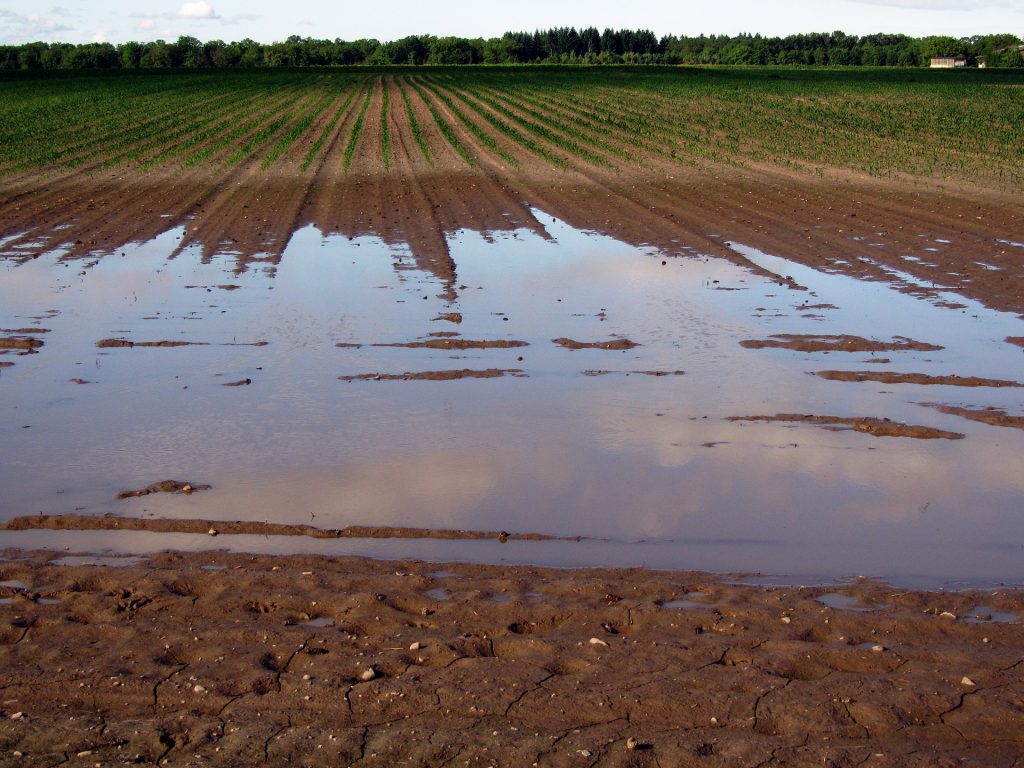Too much water can harm or even kill plants! For most normal plants, the roots which drink up water, also need air (around the roots) to breathe. If there is too much water, or if the soil is completely wet for too long, there will be insufficient oxygen in the air pockets (or dissolved in the water). Overwatering, in simple terms can drown plants.
Overwatering is a surprisingly common issue and can be exacerbated by an automated irrigation system. Many people set up an irrigation system to simply water various areas with a set amount of water (set duration) every so often (i.e., daily, weekly etc.). Overwatering can be easily resolved by changing the watering duration and/or the frequency (e.g., daily to every second day).
Unfortunately, most irrigation systems make changing scheduled durations and/or watering frequency difficult. Many will make it impossible to make any changes without needing to re-setup the entire schedule. For example, a schedule might have the lawn watering set to 15 minutes every day. Then perhaps rain comes for a few days and the scheduling should be stopped for those few days or reduced in duration (e.g., changed from daily to every 3rd day or perhaps reduced to 10 minutes). Surprisingly, most irrigation systems make this change difficult to achieve.
An advanced system, like the Easy Irrigation system, makes such needed changes quite simple and easy to achieve. A few small adjustments can help you improve your landscape dramatically and prevent over (or underwatering) which can dramatically stunt plant growth.
Here are some signs to help you recognize possible overwatering:
- Stunted and slow growth – When this sign is accompanied by yellowing leaves and/or leaves falling off it is probable that you are overwatering (or there has been too much rain and water is remaining in the root zone). In particular, the yellowing leaves are old leaves and both old and new leaves are falling off at the same rate.
- Brown leaf tips – The tip can also feel soft and appear droopy.
- Leaves turn brown and may wilt – When plants have too little water, leaves turn brown and wilt. This can also occur when plants have too much water. The difference between the two is that too little water will result in your plant’s leaves feeling dry and crispy to the touch while too much water results in soft and limp leaves.
- Warts appear – Overwatering can cause the plant to try to absorb excess water creating water pressure in the cells. The cells can then burst and die, leaving behind wounds on the top sides of the leaves.
To prevent overwatering, you should check your soil every so often. Push your finger into the soil (2 or 3 centimetres deep) and if the soil feels too moist and you observe some of the signs above, it is a good sign that you need to reduce your irrigation durations and/or frequency.
For more information about the Easy Irrigation system see www.easyirrigation.com.au




